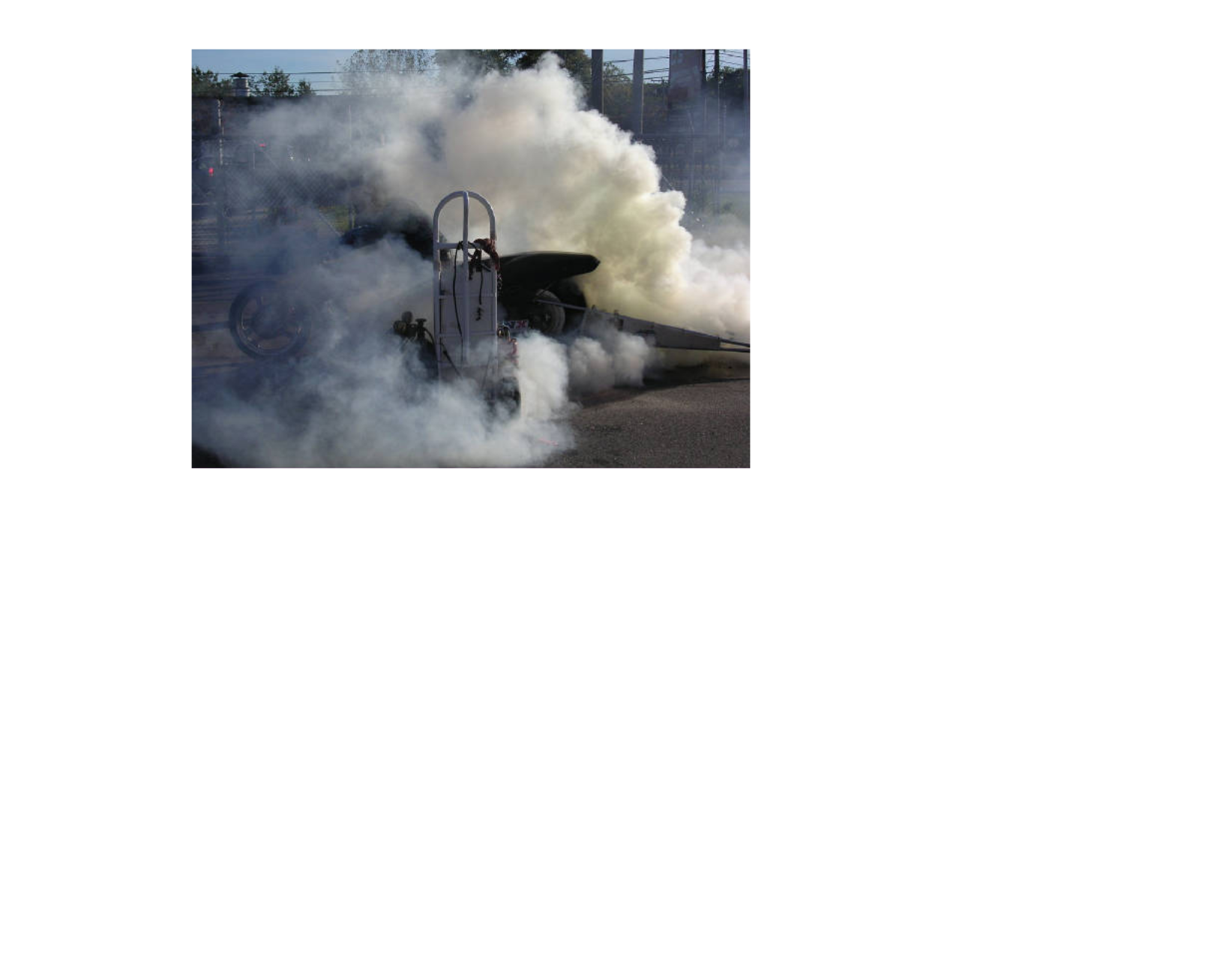DYNO !!!
The Dyno !!!
The dyno seems to have taken over most of the conversations when it comes to talking about better performance. It seems that the dyno is considered the "last word". Well it is a wonderful tool, but that is what it is, a tool. It is the only way that the new fuel injection bikes can be tuned. Trying to tune an EFI bike on anything other than a dyno is foolish and a waste of time. Trying to compare your bike to someone else's bike just by looking at a dyno sheet is also not likely to be very accurate. What the dyno does show is how the bike performs under wide open throttle. If you spend most of your time riding on the dyno then it is good useful information. However if you actually ride on the street you will find the dyno is helpful but not necessarily always the best choice of parts for your riding style. Everybody sure does like those big horsepower numbers and they surely are good bragging but how does it run when at only part throttle ??? What I am saying is don't always look at the biggest numbers but look more at the numbers in the rpm range that you ride. If you have any questions on dyno sheets just send me a copy and i will be more than happy to explain it to you.
"Q" How to read a dyno sheet.
Most dyno sheets put the best results on the graph, and that is what we look at and say wow !! But those numbers are for wide open throttle and most of do not ride at WOT very often or very long. Most of us ride in the 2500 to 4500 rpm range. The dyno sheet shows is a graph from 2,000 to 6,000 rpm, ( the rpm range of most motors). A dyno run is the same as if you were on the highway riding with your buds and you go from cruise to wide open throttle. The dyno runs are usually done in high gear to make the graph as long as possible and it shows more detail.
Now we need to figure out what rpm range we ride and then look at the graph to see how the power is in that range. If you never go over 4500 rpm then any performance gains over 4500 rpm will be useless. If you do not ride there then why would you want to make the bike perform in that range ? You would want to examine the rpm range you ride in.
Look into my dyno section and you will see a different dyno curve. One that produces good power from 2,000 rpm to 6000 rpm?
It all depends on what you want, bragging rights or a good running bike in all rpm ranges. Please feel free to ask any questions.
95" Twin Cam 98" Twin Cam
113 T
117" / 120" / 124" Twin Cam


